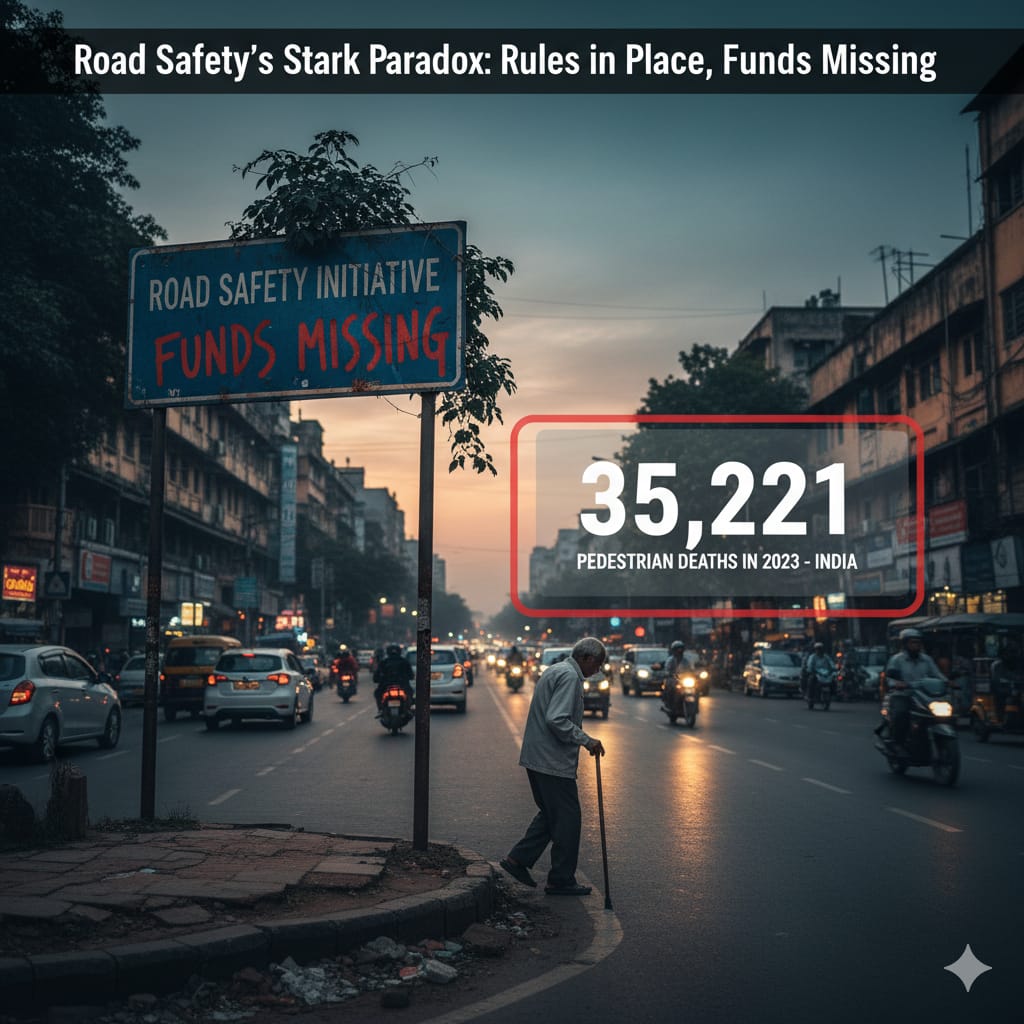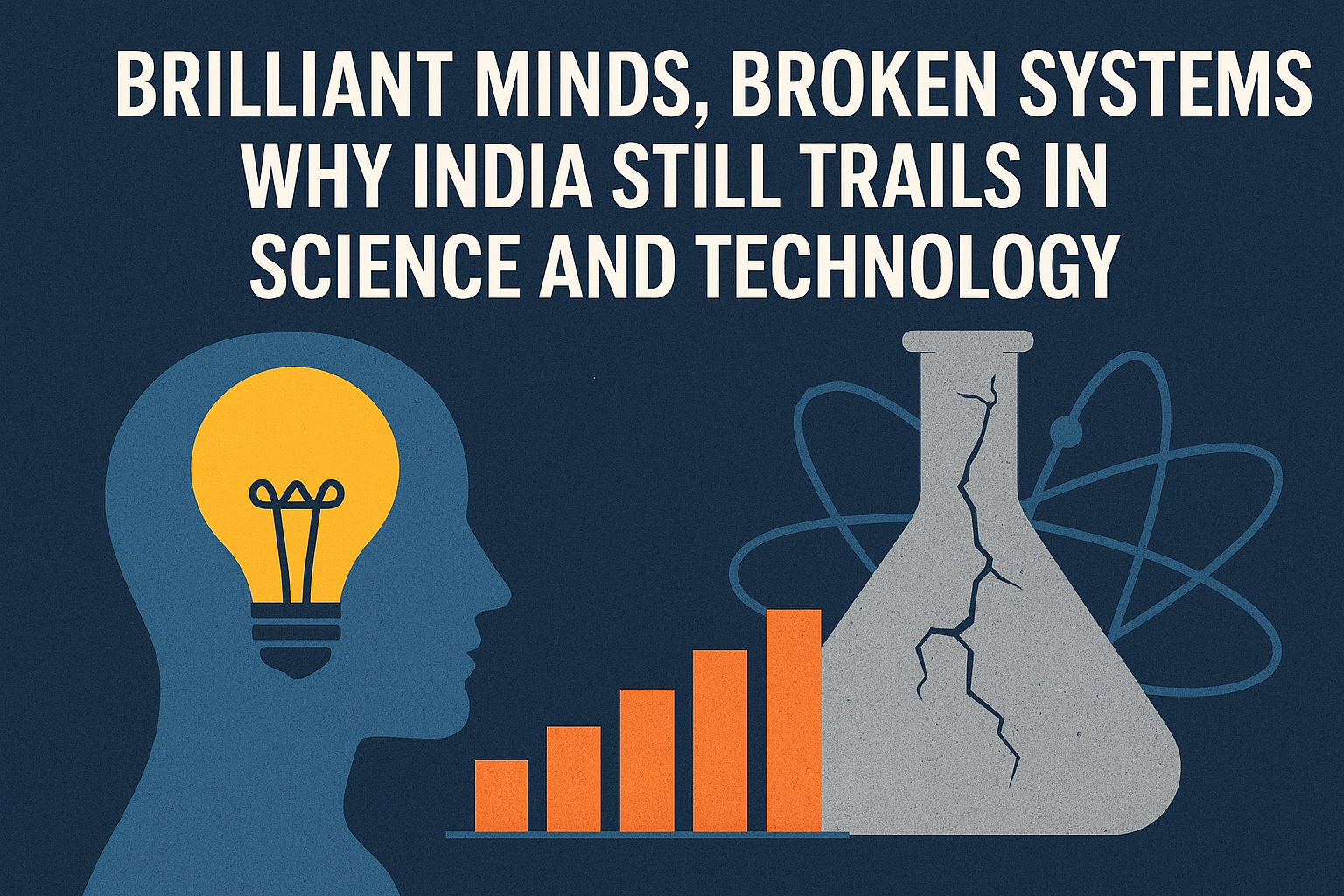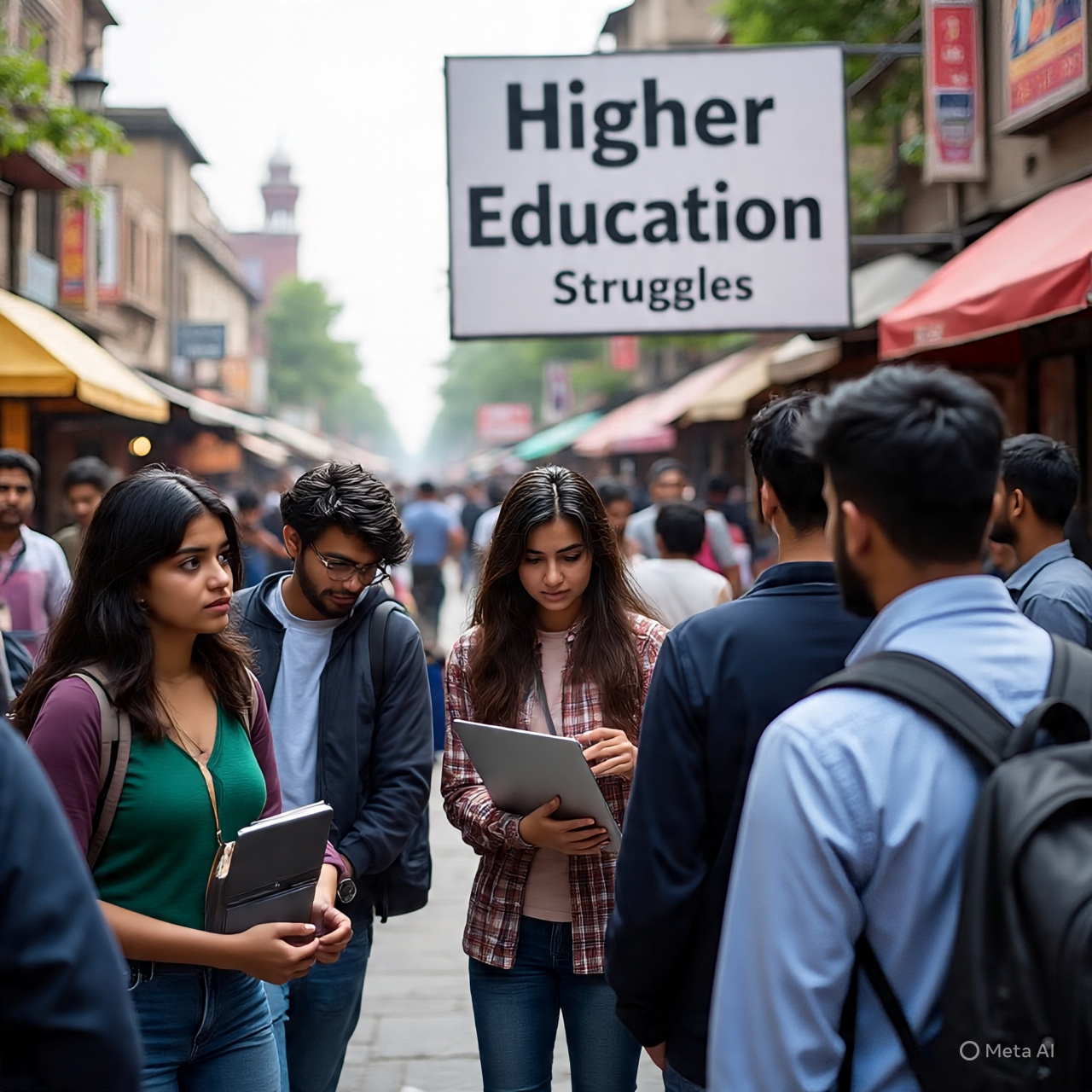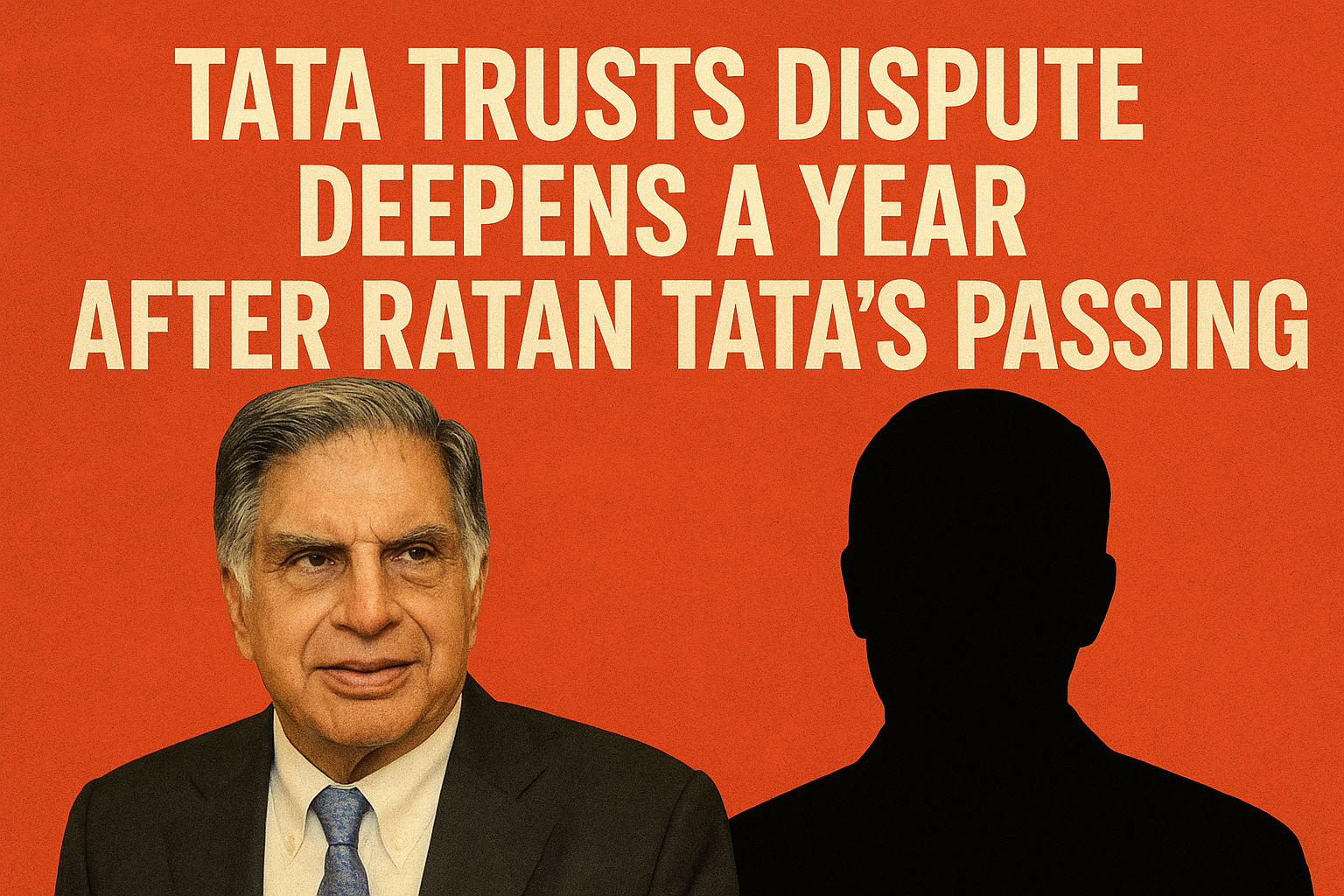India’s education system, long celebrated for its intellectual rigor, is now under scrutiny for its inability to prepare the youth for the evolving job market. While the nation takes pride in producing millions of graduates each year, the stark reality is that a significant portion of them remains unemployable. According to the India Skills Report 2021, only 45.9% of graduates are employable, highlighting a pressing challenge for a country whose demographic dividend hinges on equipping its youth with relevant skills.
The Anatomy of the Problem
Outdated Curriculum
India’s curriculum often lags behind industry requirements by several years. Emerging fields like artificial intelligence, blockchain, and data science remain conspicuously absent in most institutions. A World Bank study revealed that over 60% of Indian students lack critical thinking skills—a fundamental requirement for modern employment.
Vocational Training Deficit
Only 2.3% of India’s workforce has received formal vocational training, compared to 50% in China and an astounding 96% in South Korea (NSDC Report). This gap leaves millions unprepared for jobs requiring practical expertise, even in burgeoning sectors like manufacturing and IT.
Teacher Quality and Infrastructure
The Annual Status of Education Report (ASER) paints a troubling picture: 70% of surveyed Indian teachers could not solve basic arithmetic problems meant for fifth graders. Inadequate teacher training, coupled with poor infrastructure, continues to hamper learning outcomes across the country.
Industry-Academia Disconnect
Unlike China, where 40% of universities engage in industry-led research, only 10% of Indian institutions offer such collaborations. This results in graduates possessing theoretical knowledge but lacking exposure to internships, apprenticeships, or industry-driven projects essential for job readiness.
A Comparative Lens: India vs. China
China’s education system provides a stark contrast to India’s. With its focus on vocational training and STEM education, China has successfully aligned its curriculum with industry needs. Nearly half of Chinese students undergo vocational training, and textbooks are updated every five years to ensure relevance. Additionally, the Chinese government invests 4% of its GDP in education, compared to India’s 3.1% (World Bank).
China’s emphasis on teacher quality and accountability is another significant differentiator. Rigorous training programs and competitive salaries ensure that educators are well-equipped to prepare students for an evolving job market.
The Way Forward for India
India’s education system requires urgent and systemic reform. Here are actionable solutions:
- Modernize the Curriculum: Incorporate courses on emerging technologies and critical thinking. The National Education Policy (NEP) 2020 offers a roadmap, but its swift implementation is imperative to bridge the gap.
- Expand Vocational Training: Adopting models like Germany’s dual education system—which blends classroom learning with hands-on apprenticeships—can address skill gaps. According to the CII Report 2022, 20% of manufacturing jobs remain vacant due to a lack of skilled labor—a gap vocational training can fill.
- Empower Educators: Invest in teacher training programs and performance-based incentives to enhance teaching quality. Platforms like Diksha offer scalable solutions for upskilling educators and aligning teaching methodologies with modern demands.
- Strengthen Industry Partnerships: Universities must collaborate with industries to design curricula and offer internships. Scaling up initiatives like Unnat Bharat Abhiyan can bridge the industry-academia divide effectively.
- Promote Entrepreneurship: Introducing entrepreneurship modules and providing access to startup incubators can transform job seekers into job creators. This is critical, as India’s youth unemployment rate stands at a worrying 28.3% (ILO).
- Leverage EdTech: Digital platforms can complement traditional teaching by tailoring education to meet individual requirements.
From Crisis to Opportunity
India’s education-employability gap is a pressing challenge, but it is not insurmountable. The success of nations like China underscores the importance of aligning education with market demands through targeted policy-driven investments and systemic reforms. If India can modernize its curriculum, expand vocational training, and foster robust industry collaboration, it will not only address unemployment but also unlock the potential of its youth as drivers of innovation and economic growth.
The question is not whether India can transform its education system but whether it can act swiftly enough to ensure that millions of young Indians do not succumb to the challenges of unemployability.




.jpeg)


.jpeg)




.jpeg)








